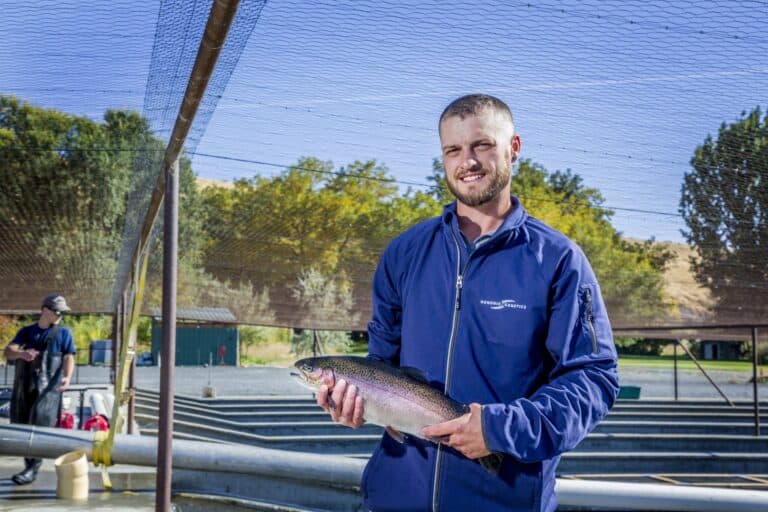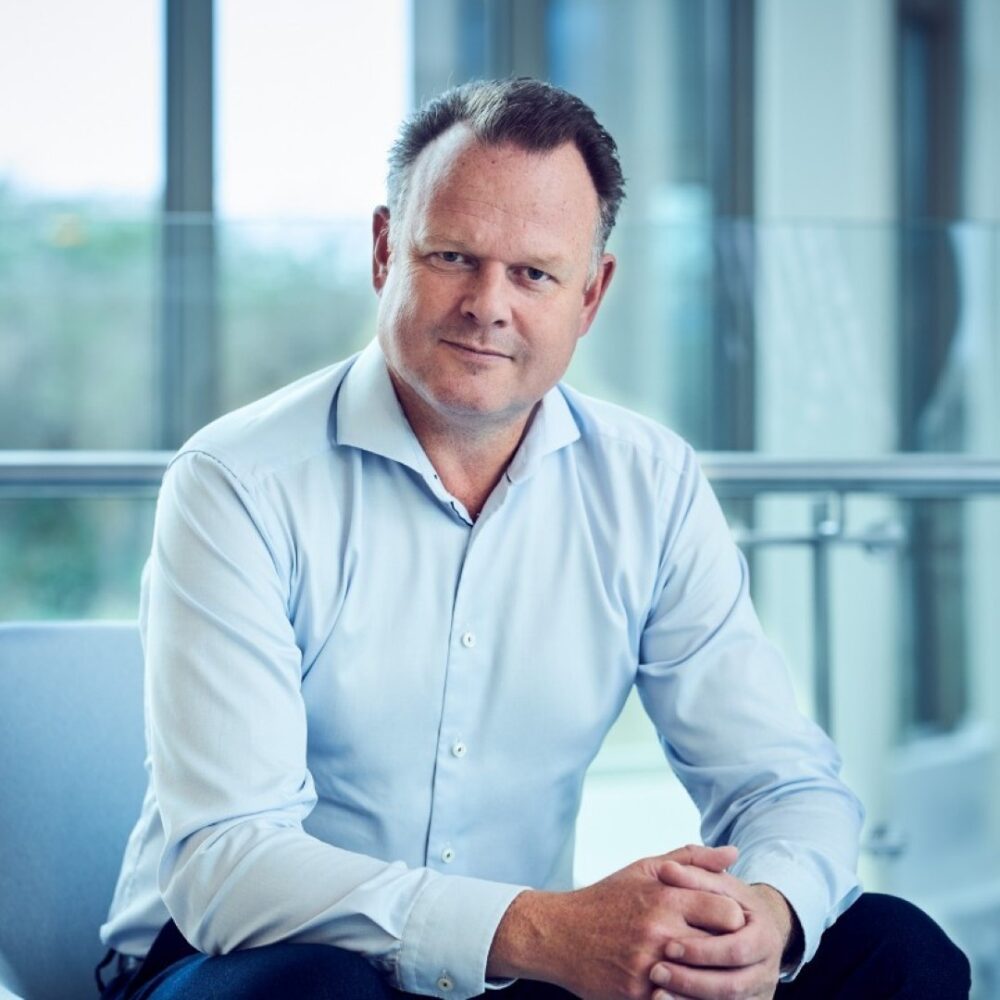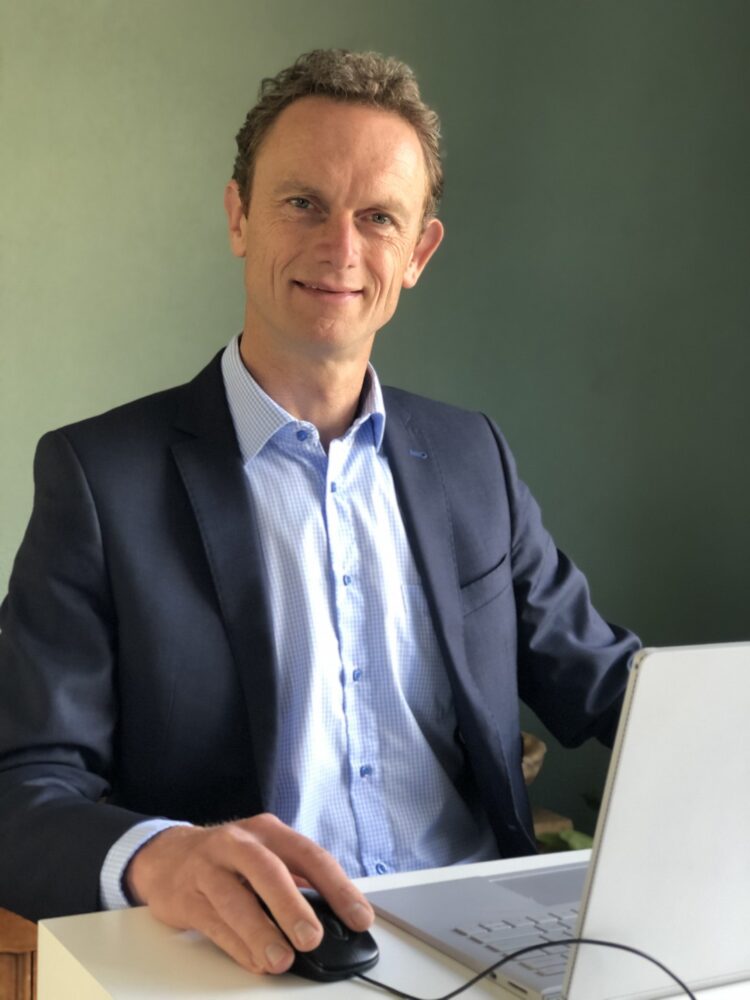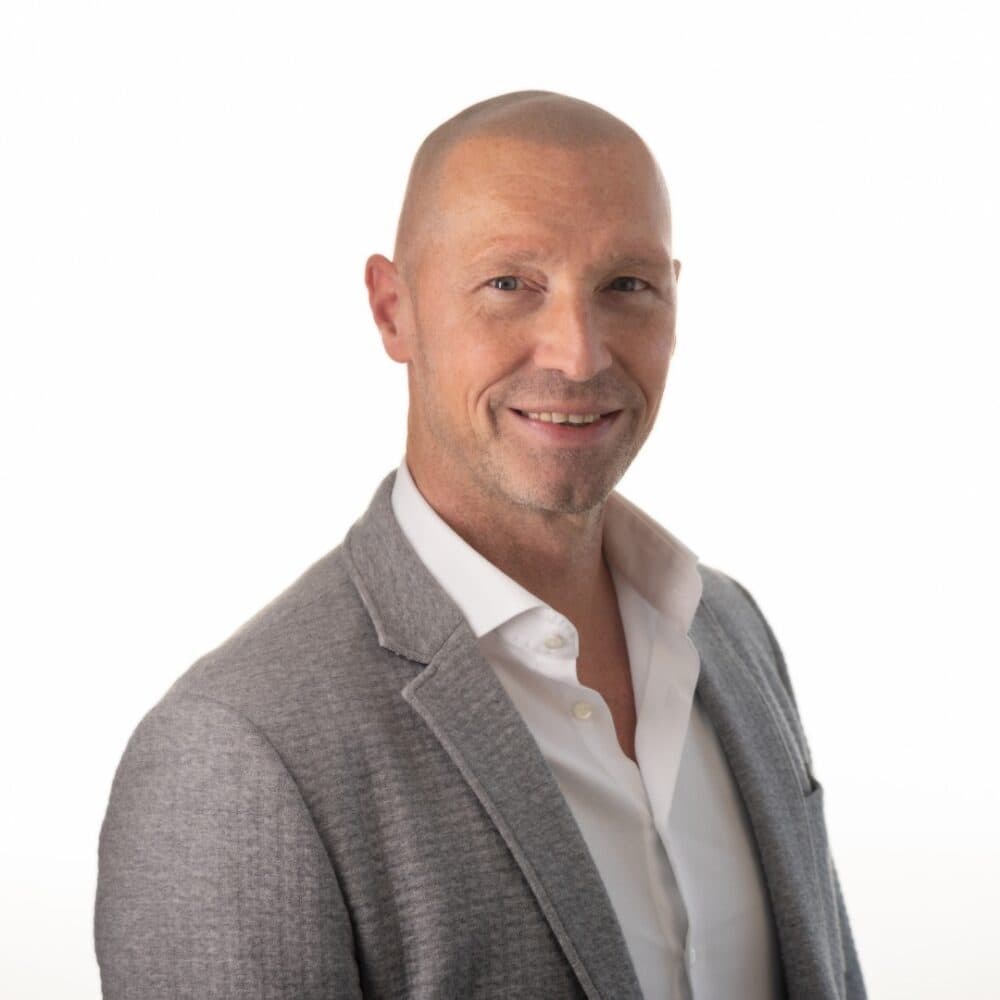Oracle is sometimes like a Swiss Army knife. It has solutions in its portfolio for companies from very diverse segments with very diverse needs. We recently spoke with two Oracle customers, VTTI and Hendrix Genetics, about why they chose Oracle.
“All roads lead to Rome,” as the saying goes. Rome used to be so important and powerful that it was virtually impossible to achieve anything without going through Rome. Now, Oracle does not occupy such a central position of course. However, it is a fact that over the years, the company has built up a fairly strong portfolio in many different areas of IT, spread across cloud and on-premises, hardware and software. This makes Oracle a vendor worth considering for quite a few potential customers.
During the recent stop of the Oracle Cloud World Tour in Amsterdam, we spoke with spokespeople from two Dutch companies about how they use Oracle in their environments. Rob Kremers, Director of IT at Hendrix Genetics, and Hans Geurts, CIO at VTTI, explain how they came to choose Oracle. These are two completely different companies with different stories. Yet there are also similarities in how they view the use of IT solutions and platforms.
VTTI
Hans Geurts, CIO at VTTI, has been working for this global player in energy storage for five years, following previous positions at Heineken and Wolters Kluwer. The company has terminals in all major ports worldwide and has invested heavily in LNG (Liquefied Natural Gas) storage. This includes two large new terminals that VTTI became co-owner of last year, one on land (Dragon LNG in the UK) and one at sea (Adriatic LNG).
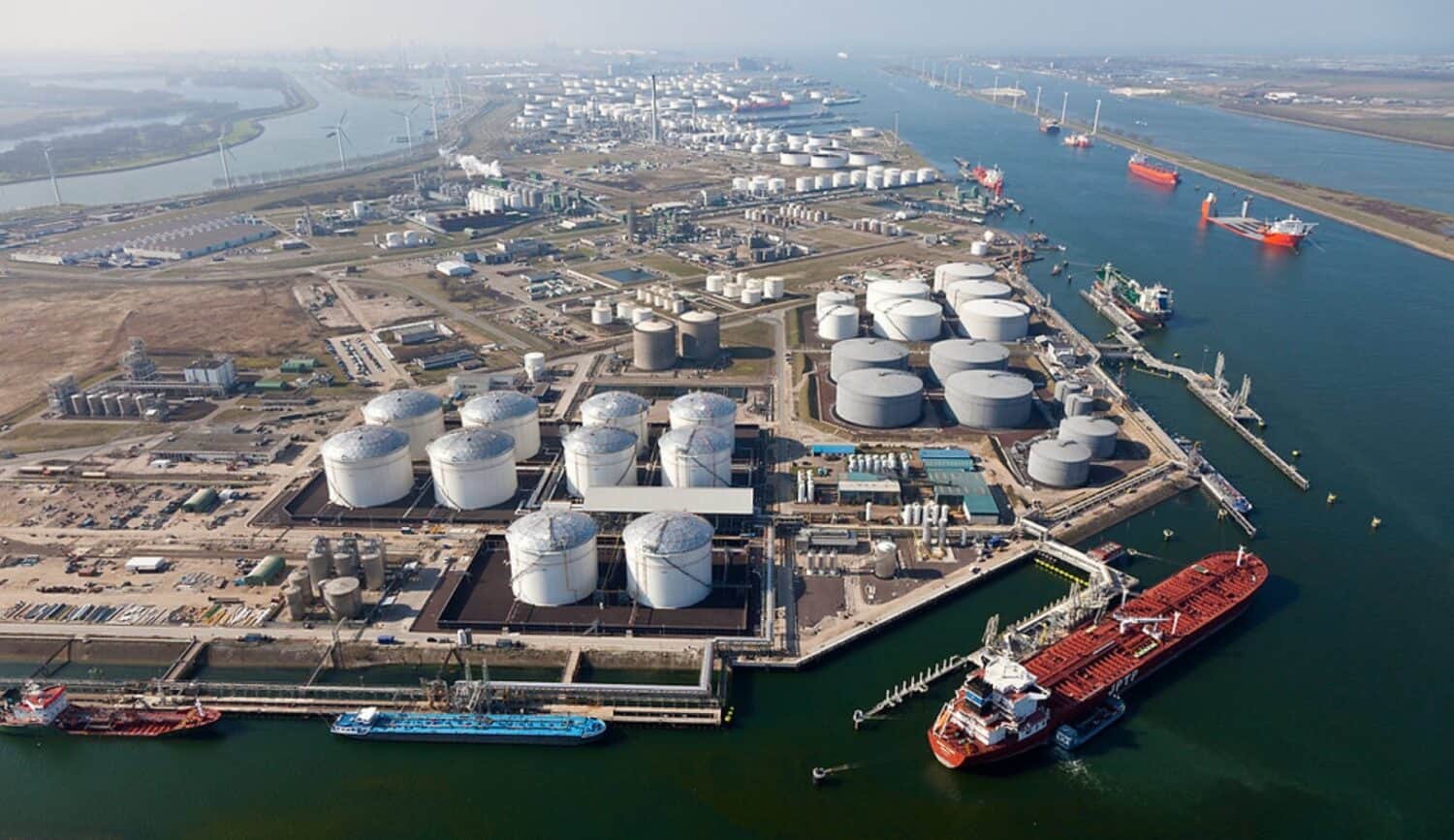
VTTI is also investing in renewable energy. To this end, VTTI set up a bioenergy facility in Tilburg, the Netherlands. This facility will produce approximately 23 million m3 of biogas per year. Part of this biogas will be upgraded to green gas for the Dutch gas grid.
Within the industry in which VTTI operates, a few key points are crucial. “Scalability and speed are extremely important to us,” explains Geurts. In addition, a company such as VTTI is not always active in the most common locations. This has an impact on the design of the IT environment. “Sometimes we build in very remote areas, where we create a complete facility in an environment where there is nothing yet,” he gives as an example.
VTTI is an Oracle house, but not entirely
To a certain extent, VTTI is an Oracle house. That is to say, the company has been an Oracle Fusion Cloud customer since late 2016/early 2017. This naturally fits in well with the desire for scalability and speed that Geurts expressed earlier. It has also built its own Terminal Management System (TMS) in Oracle APEX. In the industry VTTI operates in, TMS is basically another name for ERP (Enterprise Resource Planning).
There are several reasons why VTTI chose APEX as its low-code development environment rather than an alternative such as Outsystems. The first is that VTTI developed the old system in an Oracle solution, namely Oracle Forms. This can be seen as the predecessor of APEX, so it makes sense to look at its successor first.
Furthermore, Geurts had already seen several SAP implementations go wrong in his career, so he was not keen on moving to Oracle’s competitor. In addition, his team had experience with Oracle and Oracle technology. “Our team worked well with Oracle and had good experiences with it,” he says. VTTI develops and maintains its TMS internally with a group of its own professionals and external experts.
Finally, he also mentions the changes within Oracle itself as a partial reason for choosing Oracle. “Previously, you had a different contact person at Oracle for each silo. There were different P&L structures and a lot of hassle around compliance. That has now been largely standardized, with Wilfred Scholman [Country Lead for the Netherlands and VP EMEA ISV at Oracle, ed.] playing a major role. It has become much more of a platform approach.” This is not only a compliment to a specific person, but also indirectly indicates that Oracle could have lost this customer if they had not taken steps to improve their approach.
So, does VTTI run everything in Oracle? No, not quite. An interesting choice is that VTTI has put its Oracle Database in Microsoft Azure. They didn’t do this because it wouldn’t perform well enough in OCI. It’s mainly for practical reasons. “We’re doing this because of our multi-cloud strategy and to avoid vendor lock-in,” says Geurts. “We’ve also been clear about this with Oracle. This way, we continue to challenge each other to make the right choices in both technology and the partner ecosystem.”
Platform approach is important to VTTI
Earlier in our conversation, Geurts talked about Oracle as a platform. This is very important to VTTI. For VTTI, Oracle functions as an ecosystem with people and partners who take care of implementations. “It’s not just the foundation for our own company, but also facilitates integration with customers,” he says. In a world where customers still regularly manually retype orders into systems, there is still much to be gained. It helps if a company offers something that customers can integrate with easily. That is what Oracle makes possible for VTTI.
When we talk about customers, VTTI is talking about major players such as Shell and Exxon, but also smaller energy companies worldwide. That constitutes a fairly complex and varied landscape. Especially when you consider that there is also an entire transport chain involved, via road, water, and rail. This in turn involves all kinds of systems, such as a truck loading system that ideally transfers data immediately to other locations. “It’s a system of communicating vessels,” according to Geurts. “That’s not simple to handle by any means.”
VTTI is trying to digitize the entire process by thinking and acting from the platform. Geurts is also realistic enough to know that this is not possible everywhere. “If you’re somewhere where measurements are still taken with a lead in a tank, you’re still dependent on the weakest link,” he points out. Customers at that stage still need to take a few steps before the entire process can run smoothly in a digital environment.
Another challenge facing VTTI, which Oracle is also helping with, has to do with the convergence of IT and OT. “This has major advantages, but segmentation [separating the environments, ed.] is very important because of the security challenges,” says Geurts. “On the one hand, you want to make the data from both environments fully available, but from a security point of view, it is crucial to keep these environments separate,” he says, outlining the considerations VTTI has to make. VTTI must be able to answer questions about where data is stored and how long it is retained when an auditor visits. Together with Oracle, they have now set up their environment in such a way that they can answer questions about this so-called segregation of duties.
“What’s the point of AI?”
Geurts is generally quite outspoken about what he likes and dislikes. Oracle previously received unsolicited praise for how it has changed and what that has meant for VTTI. When we broach the subject of AI, Geurts is immediately clear and critical, including toward Oracle. “Everyone wants to use AI, but few know exactly how. The challenge is not so much in the technology, but in the adoption and training of people. How do you use it properly? Oracle Database 23ai adds AI, but what good does that do me?”
According to Geurts, Oracle (and ultimately every software supplier) should make it clearer how organizations can derive value from technology. “I’m not necessarily interested in a new AI Agent. I want to know how I can derive value from it.” In any case, he does not believe the line that things like AI are free, and he casually points out the relationship between Oracle’s record quarterly revenues and the rising license fees for VTTI. Both are going up. “That’s going to cause friction,” he says.
Finally, Geurts wants to talk about something that concerns him. By adding AI everywhere, “we are creating the legacy of the future,” he says. He is referring in particular to the lack of insight into what underlies an AI agent, for example. That is not a huge problem at the moment, but it could well become one in the future.
According to Geurts, several things are needed to anticipate and/or solve this potential problem: “Establishing good governance is essential, but so is training and possibly reskilling people. This is also an area where our partners, such as Oracle, can play an important role. Many companies are struggling with this, and the added value of partners is that they can share best practices without having to reinvent the wheel.”
Hendrix Genetics
Hendrix Genetics, a global specialist in animal genetics, has their own story to tell. We talk about this with Rob Kremers, IT director at Hendrix Genetics, and Guido Leduc, owner of The DOC, about their Oracle implementation.
Hendrix Genetics is active in animal breeding (laying hens, pigs, shrimp, salmon, trout, and turkeys). This mainly involves animal genetics. In short, the company wants to find the most suitable male and female. It does this to ensure that offspring have better characteristics than their parents as much as possible. This is largely a matter of efficiency, naturally within the framework of animal welfare. That may sound a bit clinical, but it is simply what farmers are concerned with: “A farmer with laying hens wants an efficient animal.”
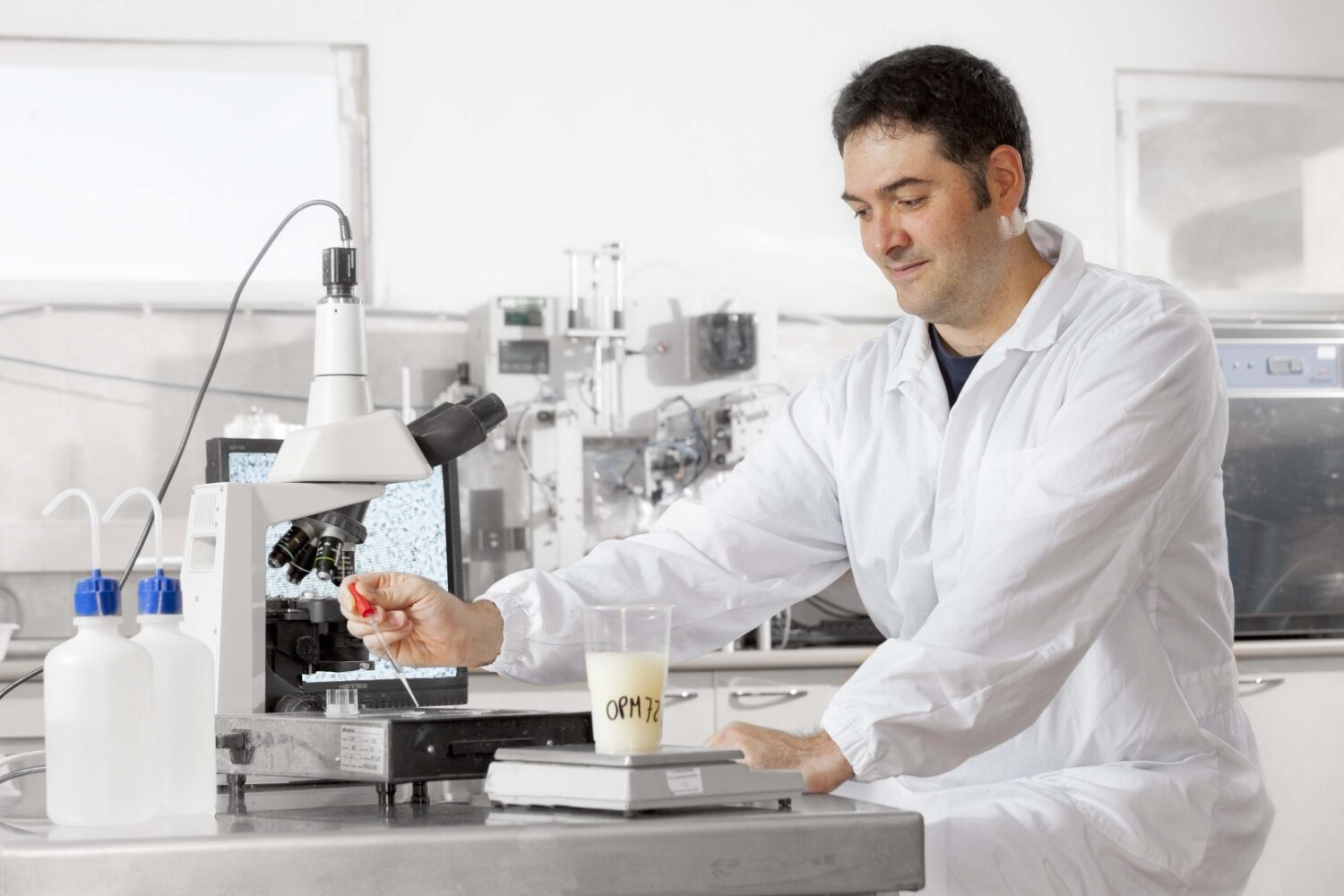
To illustrate Hendrix Genetics’ position in the world in which it operates, Kremers gives the following example: “Wherever you eat an egg in the world, there is a 50 percent chance that it contains our genetics. “Our ambition is to become a global leader, number one or two, in every animal species we work with. We’ve already achieved this for laying hens and turkeys. For the other animal species, we’ve clearly defined our growth strategies and are working hard to expand further.”
The available data plays a decisive role in the work that Hendrix Genetics does. And there is quite a lot of that, we hear from Kremers: “There is a lot of data available, from sensors to DNA,” explains Kremers. Based on this data, and in particular its analysis, choices are made in the breeding programs for animals. Also, all data must remain available at all times. “You really need to know and record everything right back to the beginning of an animal’s genetic line,” says Kremers. That puts a lot of pressure on a breeding system like the one Hendrix Genetics has.
A Microsoft house with room for Oracle
Unlike VTTI, Hendrix Genetics is primarily a Microsoft house. Ten years ago, all parts were still largely separate silos. Think of ERP, breeding system, and other departments of the company. “Our breeding systems were on-premises, literally in the basement of the company,” says Kremers. This entire stack is built in Oracle. So here too, we see a hybrid environment emerging.
This hybrid approach offered Hendrix Genetics the necessary options (and therefore also raised the necessary questions) when the company wanted to move to the cloud, as we will see later. It did not do this alone, but with the help of The DOC. Based on its name alone (DOC stands for Dutch Oracle Company), this is a partner you should be able to turn to with all your questions about Oracle. According to Kremers, this is certainly the case, and he is very satisfied with the collaboration. “It is a collaboration that is completely satisfactory. The DOC is practical, customer-oriented, and very knowledgeable,” says Kremers, praising Leduc and The DOC in general.
Oracle in OCI offers the best performance for FlexyBreed
For Hendrix Genetics, it was clear that something had to be done about the IT environment, says Kremers. “The environment had grown organically and was no longer future-proof,” he says. The cloud played an important role in the development and renewal of the IT environment. Much was transferred to Microsoft Azure and Outsystems.
However, FlexyBreed, as Hendrix Genetics’ breeding system is called, presented a challenge. The Oracle stack (including database and APEX) on which everything related to FlexyBreed ran “was still working very well,” says Kremers. That makes you think twice about how to move forward when you want to move everything to the cloud. Hendrix Genetics had several options: it could rebuild the entire stack in Azure, run the existing Oracle stack in Azure, or run it within Oracle Cloud Infrastructure (OCI).
Hendrix Genetics ultimately chose the third option. The reason for this was simple, says Kremers: “Ultimately, it ran best in OCI.” He also lists a few other advantages of OCI in combination with the company’s FlexyBreed environment. Kremers: “OCI has advantages in terms of scaling up and down, and you can easily shut down environments. The lift-and-shift from on-premises to cloud also worked very well.” This worked so well that Hendrix Genetics dared to make the switch “with the store open.” That says a lot about the confidence there was and is in what Oracle and The DOC have to offer.
It should be noted that there is still a hybrid component from the Oracle stack for FlexyBreed. This is because data also goes from the Oracle side to Azure. Hendrix Genetics uses the Interconnect between Microsoft and Oracle for this. This allows it to extract value from data in multiple places.
Many possibilities in the cloud for Hendrix Genetics
The migration of the breeding system to OCI took two months to roll out, although there is still a lot of legacy to be dealt with. This is mainly due to the legacy that exists, not so much at Hendrix Genetics itself, but mainly at the companies that use it. Those companies often use their own technology. This includes technology that has to work with handheld devices used in the companies’ stables, for example. If these are not supported, a solution has to be found.
The above reminds us of what Geurts from VTTI said about the limits of technological innovation in his sector, using the example of the use of a sounding lead at some locations. As a supplier, you may want to move forward as quickly as possible, but if your customers are moving more slowly, you have no choice but to go along with them to a certain extent. This is ultimately also the case at Hendrix Genetics. “The Hendrix Genetics database itself has proven to be very stable over the past ten years; it’s everything around it that has created the legacy,” summarizes Kremers.
Now that the migration is complete, it is time for Hendrix Genetics to start working on its actual, larger goal. Kremers: “We want to do more with technology.” The hybrid environment it has now established forms the basis for this. Kremers realizes that it is therefore important to keep it up to date. If this is achieved, the possibilities for Hendrix Genetics in terms of data are enormous. The new environment can scale up much better, Kremers reiterates. This opens doors for new developments.
One of the areas where the new hybrid environment will help is in accelerating R&D at Hendrix Genetics. There are a number of R&D projects in the pipeline, says Kremers. The new platform offers many opportunities to accelerate these projects and take Hendrix Genetics as a whole to the next level.
Different routes, hybrid outcomes
The stories of VTTI and Hendrix Genetics show that there are different routes to a successful Oracle implementation. Where VTTI opted for Oracle Fusion Cloud in combination with a TMS developed in APEX that runs on Oracle Database in Azure, Hendrix Genetics went for a hybrid Microsoft/Oracle approach with OCI for their critical FlexyBreed application.
The most striking thing about these stories, in our opinion, is that they are both examples of modern, hybrid environments. They illustrate that it is now perfectly possible to have a well-integrated IT stack spread across multiple clouds (and on-premises systems). Ultimately, this is what benefits customers. They live in the real world, something we sometimes doubt suppliers do. And this reality is often less pliable than theory.
The two stories in this article show that Oracle and Microsoft offer sufficient flexibility to support and accommodate companies in very different industries. Does that mean everything is great for customers? Absolutely not. But it does enable companies to look ahead and move forward in the market in which they operate.
Read also: Arcadis operates as a global company on Oracle Fusion foundation
